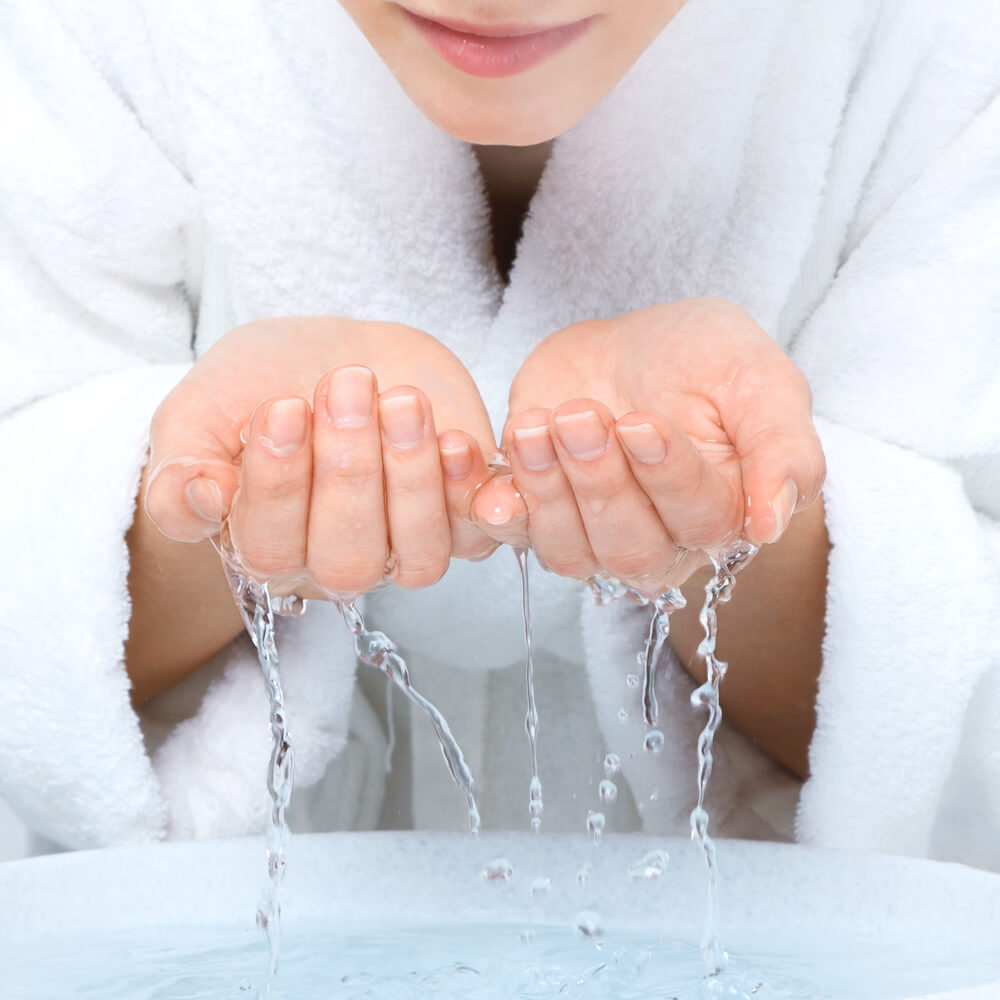Do you know what’s flowing through your tap water?
They say that there are certain places where you shouldn’t drink the water. Mexico, Brazil, Russia, Fiji (ironically), India; these are places where any smart traveler knows to bring their filter water bottle and to ask for bottled drinks at restaurants. But have you ever wondered why you shouldn’t drink the water in these places? It’s not the water itself, of course, but rather what is floating in it…the microbes, diseases, and contamination that US municipal water regulations prevent from getting into our drinking water. Mostly.
Not All Tap Water is Safe
The problem is that not all municipal water or their pipe systems are equal. Remember the huge controversy about the lead in the water of Flint Michigan which brain-damaged a generation of children? Or all the YouTube videos of water catching on fire as it comes out of the tap? Sometimes, not even regulated USA tap water can be trusted.
If your tap water has a noticeable color, smell, or you’ve noticed medical side effects after drinking a big glass of water, there could be something wrong with the water that runs through your home. Let’s look at three different problems that could be going on with your unpurified water.
1) Iron in Unpurified Water
Iron is one of the most common unwanted additions to local tap unpurified water, and it is also among the easiest to spot. Tap water that is saturated with iron will look exactly like you’d imagine with a glass of water full of rust flakes. It can be anywhere from an orange yellow to a dark rusty red, sometimes with visible flecks of rust floating in the water. Iron-contaminated water will tend to taste bitter and ruin cooking recipes, but at least it’s medically harmless.
Iron in your tap water most likely comes from rusty pipes somewhere between the municipal water supply and your home. When the water flows through a rusty pipe, it picks up rust flakes that become a part of your tap water after municipal cleaning and testing.
2) Unpurified Water May Contain High Chlorine Levels
Chlorine, on the other hand, is something your city knows is in the water. Why? Because they put it there. Chlorine is not the best way to cleanse dangerous bacteria out of drinking water, but it is the most popular. When your city processes water from the local aquifer, chlorine is added to ‘keep you safe’.
The problem is even a little bit of chlorine can increase your risk of cancer and too much chlorine (as some cities use) can actually make you sick upon exposure. Fumes that make your eyes burn or water like a swimming pool mean that your water is dangerously rich in chlorine. You may also have family members who get headaches or feel sick after drinking unpurified water.
3) Lead & Potential Poisoning
We mentioned the lead in Flint Michigan’s water, but the problem isn’t isolated just to where there have been news reports about it. Trace particles of lead have been found in home drinking water all over the country, putting children at risk of developmental problems and even adult health can be impacted by small amounts of lead if regularly ingested.
Lead in water, like iron, usually comes from old pipes. Lead pipes have been outlawed for a very long time, but not before many were laid as part of the original construction of many older cities. There may be lead pipes buried underground that are still in use or your building could even have lead pipes that were never replaced.
If you have seen particles, tasted bitterness, or experienced signs that something in your water isn’t as it should be, get your tap water tested. Modern tap water should be safe, but isn’t always. Whether it’s a flaw in the water cleaning methods of your city or a problematic pipe somewhere on the way to your home, you don’t have to live with contaminated tap water. A home water purification system can help you ensure that you are washing, cooking, and drinking nothing but purely safe clean water. Nothing extra, and no dangerous particles to worry about. For more information about home water purification or to discuss the water needs of your home, contact us today!






